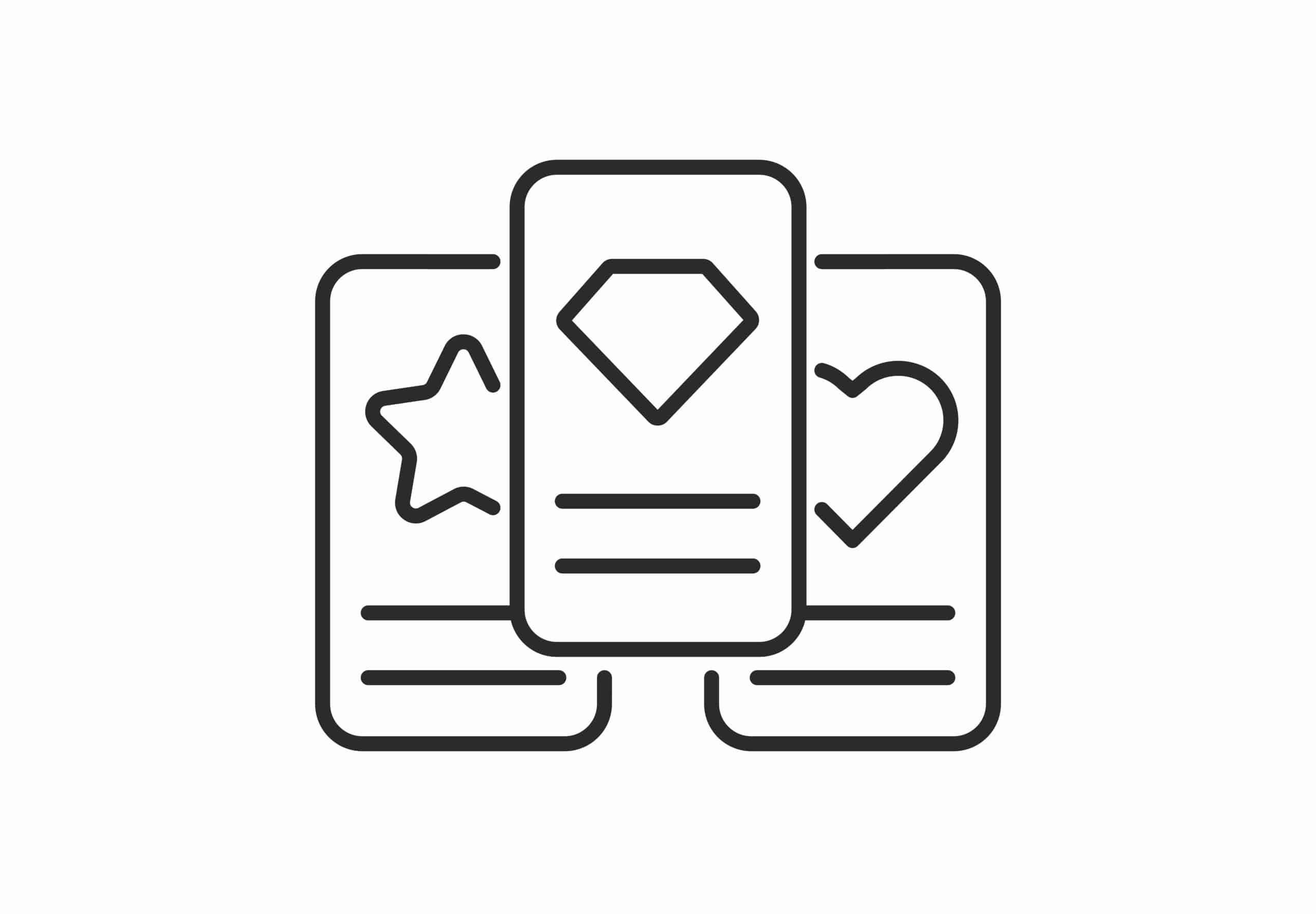Tiers without tears

When you’re in-house, work requests can come flying in from all over the place. One leader told us that there are 300 different people in his organisation who could brief his team at any one time. And those briefs could be for anything from a fully-fledged above-the-line brand campaign to simply re-supplying existing assets.
Identifying the nature of the task at hand and what resources are needed to complete it is vital. As we’ve heard from various leaders over the past year, tiering the work – sorting it into different categories according to its strategic, creative and production requirements – can help. The topic was the subject of much discussion at our one-day summit last week. Specsavers’ Head of Creative Operations Julia Arenson, told us they they are trialling a new system of dividing their teams and work into Create, Calibrate and Deliver.
Those in the Create area will be doing new strategic work which requires a new concept and new assets. Those briefs will have a client partner, a creative producer, a creative director and a strategist working on them. Calibrate will be applying existing guidelines or using existing assets to make new versions or applications. Deliver will be work where no amends are required and work will be processed by artworkers via studio managers. A master version of an asset may be signed off by a creative director but once that’s done, they don’t need to see adaptations before they go out. This is to avoid having strategists and conceptual thinkers spending time in meetings or on work that they didn’t need to be involved with. Having the the right people, spending the right amount of time where they’re going to have the most impact on the work is key.
Tiering also helps with the briefing process. Many IHAs struggle with an inability to distinguish between creative and production briefs – everything goes into the same template. A clearly communicated tiering system helps clients to define their needs and the timescales for it, making for a much more efficient process.
It can also allow you to get the most out of your assets. Last year, in one of our online panels, Caroline Pay at Headspace told us that she found a situation where new assets were being created when existing ones could easily have been re-used. Categorising work into a tier which specifies the re-use of an existing asset ensures you get much more use out of all those assets gathering digital dust on a DAM. And it can help with the introduction of automation by helping to steer appropriate tasks into those systems.
The downsides? One can be the motivation of your teams. This is where language can help. Calling work, or the team that will do that work, ‘Deliver’ sounds a lot more appealing than calling it Tier 3 or Lower Tier – and certainly better than referring to it as ‘churn’. That work is incredibly important and the people who do it need to feel valued. It’s a tough one, but if you can find ways to celebrate that work and validate it every bit as much as the above-the-line conceptual stuff, teams will feel much better about doing it. Or, as LEGO Agency does, you may find it better to outsource that work and concentrate your IHA on work that makes a strategic impact.
Effective tiering can ensure that everybody in your IHA is clear on their roles and responsibilities, saving time and maximising the resources at your disposal.
